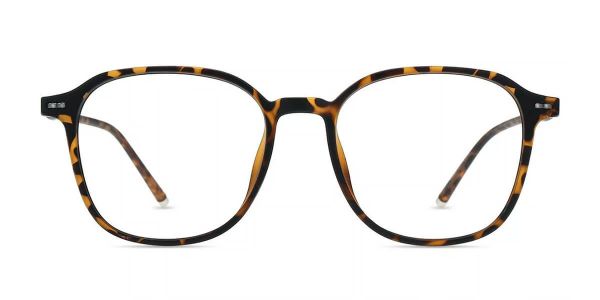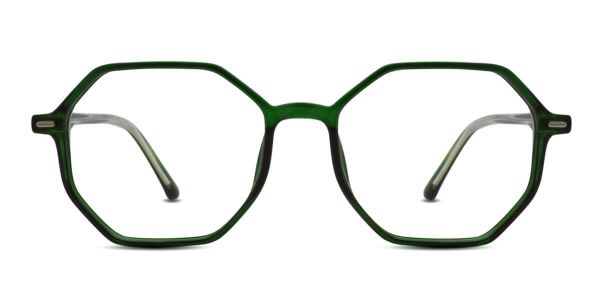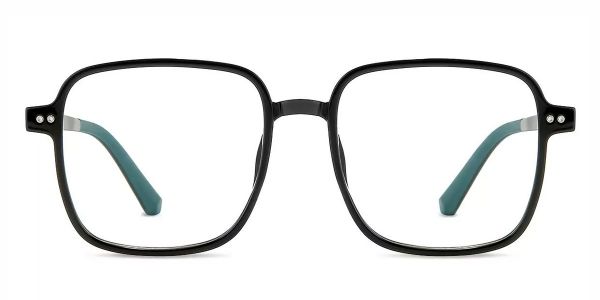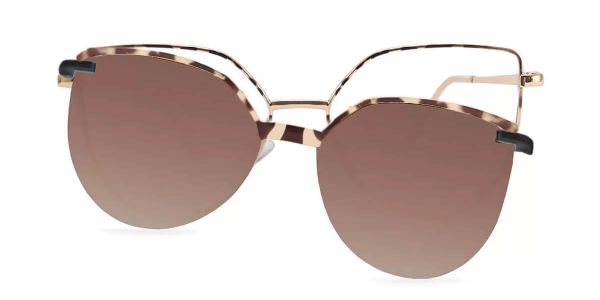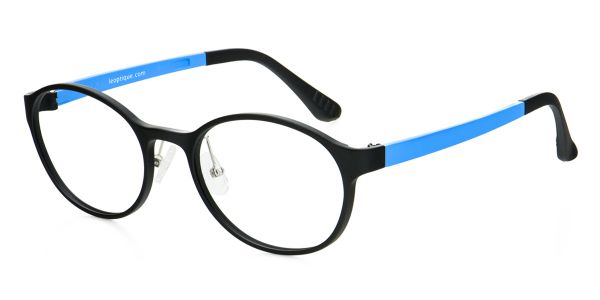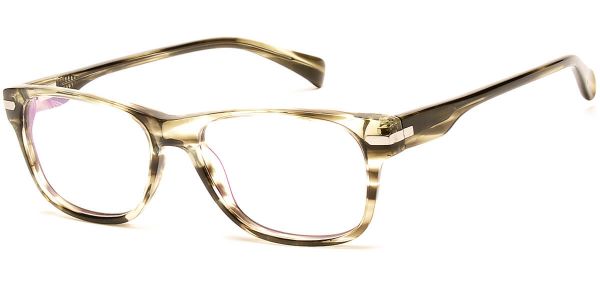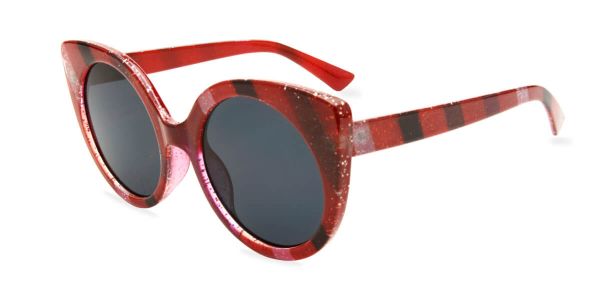
Presbyopia and myopia are common vision problems, but many people mistakenly believe that they can offset each other. This article will explain why presbyopia and myopia cannot be completely offset and explore their underlying reasons.
Presbyopia and myopia are two different visual issues that involve different parts and functions of the eye. Myopia occurs when the eyeball is elongated or the cornea is excessively curved, causing distant objects to appear blurry. On the other hand, presbyopia is a result of age-related decline in the eye's ability to focus, leading to blurred vision when viewing near objects. Although they may coexist in some individuals, their mechanisms and manifestations are distinct.
To better understand why presbyopia and myopia cannot cancel each other out, let us use the analogy of the eye's focusing ability to that of a spring's elasticity.
Myopia occurs when the eyeball's axial length increases, causing light to focus in front of the retina, resulting in blurry vision of distant objects. This can be likened to an overly strong spring force, where the eye excessively focuses on near objects while neglecting clear vision of distant objects.
Presbyopia, on the other hand, represents a decline in the eye's focusing ability, similar to the aging and rusting of a spring's material. As age advances, the eye's crystalline lens becomes stiff, leading to reduced focusing ability and blurred vision when looking at near objects. This is akin to a spring losing its original elasticity and failing to accommodate close-range needs.
Although both the spring force and the eye's focusing ability are related to near and distant focus, their fundamental issues are different. Myopia involves elongation of the eyeball, while presbyopia pertains to the decline of the eye's focusing ability. These two problems cannot cancel each other out, as they involve distinct physiological mechanisms.
In fact, myopia and presbyopia often interact with each other, especially when an individual simultaneously experiences both conditions. The decline in focusing ability may exacerbate myopia symptoms, while an increase in myopia degree can also affect presbyopia symptoms. Therefore, even in the presence of myopia and presbyopia together, appropriate corrective measures such as glasses or contact lenses are still necessary to improve visual issues.
Myopia and presbyopia are two different vision problems that cannot be completely offset. Myopia involves changes in the eye's axial length, resulting in blurred vision of distant objects, while presbyopia represents a decline in the eye's focusing ability. Although they may coexist in some individuals, their mechanisms and fundamental issues are distinct. Thus, for the correction of myopia and presbyopia, appropriate measures should be taken based on specific circumstances, and consulting an eye care professional's advice is essential.
Note: The spring analogy used in this article is intended to aid readers in better understanding the differences between myopia and presbyopia, and it does not imply a literal similarity between the eye's actual structure or mechanism and a spring. It is merely a metaphor used to explain the inherent distinctions between myopia and presbyopia.





